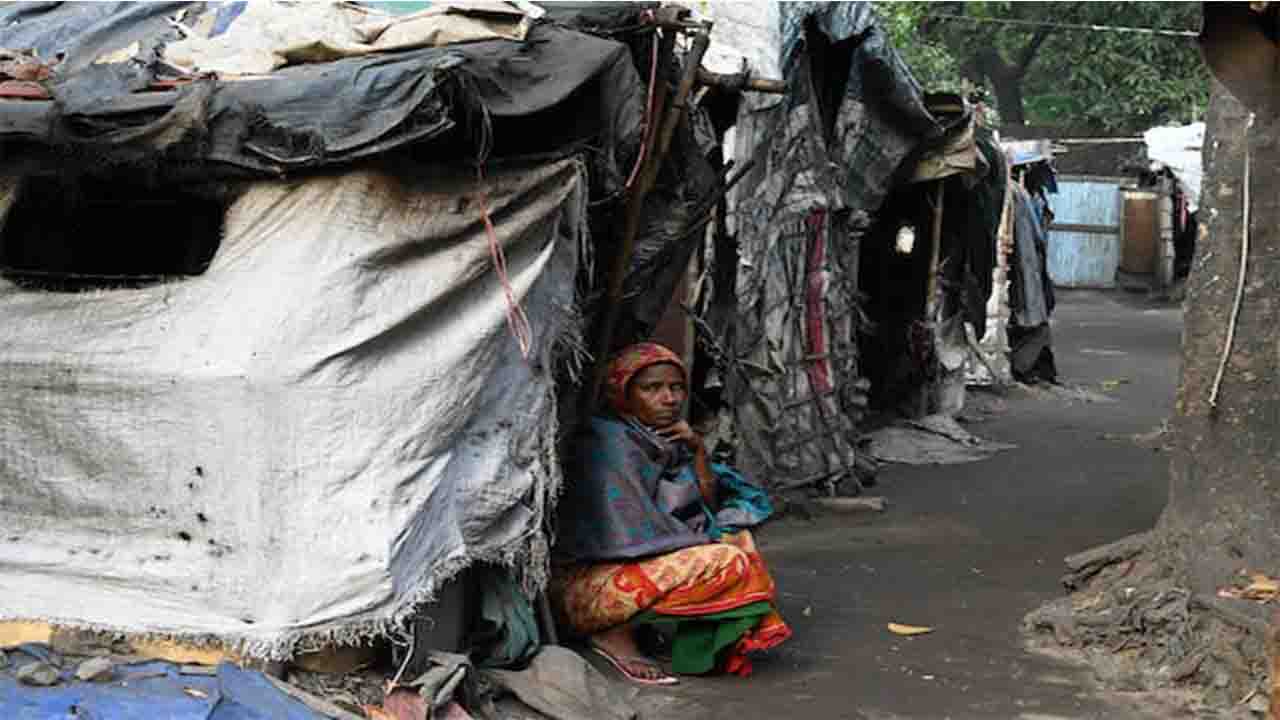Kenya (Commonwealth) _ Over 400 irregular settlement schemes in Kenya would benefit from Sh31.7 billion in multilateral donor money to deliver low-cost housing and basic infrastructure improvements, among other essential services.
The World Bank ($150 million, or Sh24.1 billion) and the French Development Agency (43 million Euros, or Sh7.6 billion) have provided finance for infrastructure, water, lighting, and social inclusion in 33 countries.
The modifications will be carried out under the World Bank’s Second Kenya Informal Settlement Improvement Project (KISIP2), which aims to strengthen land tenure security as well as infrastructure and services such as roads, drainage, pedestrian walkways, and water connections.
According to George Arwa, the coordinator of the KISIP National initiative, the initiative also aims to strengthen the ability of national and local governments to create and carry out slum upgrading and preventive policies and plans, as well as to connect beneficiaries with socioeconomic possibilities.
The number of people living in cities is growing at an alarming rate in emerging nations like Kenya. In Sub-Saharan Africa, it is projected that over 230 million urban residents presently reside in informal settlements. By 2020, about 7.6 million people in Kenya’s urban population were living in slums. Daily, the numbers are getting bigger, Mr. Arwa stated over the phone.
The goal of the KISIP project is to support national government initiatives to offer affordable housing and essential services. Mr. Arwa said, “We are collaborating with the county government leadership to guarantee the beneficiaries of the identified informal settlements schemes are the residents.”
Kenya has a large number of slums, notably in the cities of Mombasa and Nairobi. The United Nations Department of Economic and Social Affairs (UNDESA) estimates that in 2007, 55% of Kenya’s urban population lived in slums. Approximately two million people called Nairobi home in informal settlements as of 2019.
As more and more people relocate to cities in quest of work and other possibilities that cities provide, Kenya’s slums are expanding at a rate that has never been seen before. The major difficulty facing the government and municipal authorities is controlling the physical expansion of metropolitan areas and providing enough services for the expanding urban population.
Of Kenya’s total population, 34% currently live in urban areas. Over 70% of them reside in impoverished areas with restricted access to safe housing, water and sanitation, and stable employment. They face high rates of crime and unfavorable environmental circumstances. The negative effects of urbanization may become irreversible if the gap between the availability and demand of urban services, such as housing, keeps widening.
To tackle this issue, the Kenya Slum Upgrading Programme (KENSUP) has been established as a cooperative effort that leverages the knowledge of several partners. The initiative is implemented and managed by the Kenyan government, in collaboration with the Ministry of Housing and pertinent local authorities. UN-HABITAT, civil society partners, participating local communities, and the corporate sector provide further support and reinforcement to these efforts.
The mission of KENSUP is to enhance the quality of life for those who work and live in Kenya’s urban slums and informal settlements by offering possibilities for income production and housing renovation, as well as physical and social infrastructure and tenure security.
Meanwhile, the 408.4 km road rehabilitation project in Nairobi’s informal settlements is being pursued by the Kenya Urban Roads Authority (Kura) for Sh1 billion. According to the roads department, the project has been on hold for the past three months due to a lack of funding.
The whole plan is for upgrading 70 kilometers in the Mukuru slum, 57.48 kilometers in Githurai, 50.76 kilometers in Roysambu, an additional 42 kilometers in Mwiki, 41 kilometers in Kangemi, and 40 kilometers in Dandora, Utawala, Mihang’o, and Ruai. 30 km will be covered by Dagoretti, 22.6 km by Kawangware, 22.8 km by Kibera, 18.2 km by Mathare, and 13.6 km by Korogocho.
According to Mr. Kinoti, the project’s goal is to rebuild out-of-class roads in order to increase regional traffic capacity. When the project is finished, it will drastically alter the slums that have suffered from inadequate road networks, which have made it difficult to obtain key services and other necessities. The project will also open up the slums by connecting them to other areas of Nairobi.
The inaccessibility of the locations has made emergency and catastrophe response—including responding to fire outbreaks—difficult.








